From Psilocybe azurescens to Psilocybe cubensis — the potency of magic mushrooms varies greatly.
A single gram of one species is enough to shift reality on its axis — the same amount of another may be barely perceptible.
What makes some mushrooms more potent than others? How is the potency of magic mushrooms measured? And most important of all, which mushrooms are the strongest of them all?
Tapping The Mushrooms Magic: Why Measuring Potency is Harder Than it Sounds
Determining the psychedelic potency of magic mushrooms isn’t as straightforward as we’d like. Even with modern testing methods like high-performance liquid chromatography, gas chromatography, and mass spectronomy — there’s more to a mushroom’s potency than simply measuring its active ingredients.
Mushrooms contain hundreds of pharmacologically active compounds as well as non-active ones. All of these compounds work together to produce the mushroom's overall effect profile:
- Some compounds are psychedelic (such as psilocin)
- Some compounds act as precursors to psychedelics (such as psilocybin)
- Some alter the absorption of other ingredients (such as chitin)
- Some inhibit or promote the enzymatic breakdown of psychedelics (such as harmane and harmine)
Taking all the impact of all these compounds into consideration would be necessary to truly assess the potency of a given mushroom — but this simply is not possible.
On top of that, the chemical makeup within a mushroom is constantly changing. The level of psilocin and psilocybin will change depending on things like environmental conditions, the length of time since harvest, the substrate they fed on, and the altitude at which they were grown.
Dried Mushrooms vs. Fresh Mushrooms
Psilocin is the molecule in magic mushrooms that produces the lion’s share of its psychedelic effects. It occurs naturally when the main alkaloid, psilocybin, degrades — both within the mushroom and within our bodies.
Psilocybin is very stable and will remain intact in dried mushrooms for months, or in some cases, years if stored correctly.
Because of the breakdown of psilocin after harvesting, many mushrooms are much stronger fresh than dried. The trade-off is that dried mushrooms are far better for storage.
Mushrooms that have very high psilocin but very low psilocybin will register as weak if the dried mushrooms are tested instead of the fresh ones.
Other tryptamines — like baeocystin, norbaeocystin, and aeruginascin — can vary after the drying process, too.
We’ve decided to assess the potency of magic mushrooms based on the dried weight for two simple reasons:
- This is the format most readily available to people — fresh mushrooms must be consumed within a few days of harvesting.
- Once dried, the chemical composition of mushrooms becomes stable — it no longer fluctuates widely from one day to the next.
With all that aside, we’ve done our best to combine as much testing data as we could get our hands on to determine some averages of the main active ingredients of mushrooms. We combine all known psychoactive tryptamine levels together to provide a “total tryptamine score” for each mushroom as a marker of relative potency.
Keep in mind these numbers are merely averages taken across several different samples — sometimes from data spanning more than 10 years apart.
List of the Strongest Mushroom Species
After comparing data from 19 different species (all within either the Psilocybe or Panaeolus genera) — the average total tryptamine concentration (as measured as a percent of the dried mushroom weight) hovers right around 1%.
The strongest mushrooms on this list were Psilocybe azurescens (Flying Saucers) with 2.51%, then Psilocybe semilanceata with 2.06%, with 1.54%, and Psilocybe bohemica with 1.47% total tryptamines on average.
Psilocybe cubensis, which is by FAR the most commonly used magic mushroom species on Earth, ranked #10 according to average total tryptamine levels (0.90%) — but these levels can vary significantly; some samples have even tested as high as 3%.

There are, in fact, hundreds of other species of magic mushrooms found to contain psilocybin, psilocin, baeocystin, and various other psychoactive tryptamines. Most of these contain only trace amounts of the active ingredients or lack sufficient research to report on.
These mushrooms fall into 6 major genera:
Psilocybe
This is the most common species of magic mushrooms and the source of all magic mushroom “strains.” Of the more than 180 individual species in this genus, at least 95 have confirmed psychedelic effects. The average for this group is 1.04% total tryptamines.
The strongest member is Psilocybe azurescens (2.51%%), followed by Psilocybe semilanceata (2.06%%), Psilocybe baeocystis (1.54%), Psilocybe bohemica (1.47%), Psilocybe samuiensis (1.30%), Psilocybe zapotecorum (1.30%), Psilocybe cyanescens (1.24%), Psilocybe tampanensis (1.00%), and Psilocybe cubensis (0.90%).
It’s important to note that these are just averages — there are exceptions to these figures. For example, as you’ll see below, there are several specific strains of Psilocybe cubensis demonstrated to contain more than the 2.5% psilocybin and psilocin concentration reported for Psilocybe azurescens.

Panaeolus
This species contains (at least) 13 psychoactive members. They’re generally considered weaker than Psilocybe mushrooms and produce significantly lower yields when cultivated.
Panaeolus cyanescens (AKA “Wavy Caps”) is the strongest member of this group — with a potency somewhere in the range of 0.90% total tryptamines.
Other psychoactive members include Panaeolus africanus, Panaeolus bisporus, Panaeolus cambodginiensis, Panaeolus cinctulus, Panaeolus fimicola, Panaeolus olivaceus, and Panaeolus tropicalis.

Other Psychedelic Mushroom Species
There are dozens of other mushroom species that produce psilocybin and psilocin as well — such as 3 members of the Conocybe family, 10 members of the Gymnopilus family, 3 Inocybes, 4 members of the Pluteus family, and several others.
However, the vast majority of these mushrooms only produce trace amounts of psilocybin and psilocin.
List of the Strongest Magic Mushroom Strains
When someone refers to a magic mushroom "strain," — they're usually referring to a genetically isolated sample of Psilocybe cubensis mushrooms.
We maintain a massive database of Psilocybe cubensis strains, enriched with numerous sources of potency data published by independent researchers and competition results from the bi-annual Psilocybin Cup and others like it worldwide.
Some strains are clear winners — proving to have exceptional potency time and time again. Others have had anomalies that blew the competition out of the water before ultimately settling closer to average across several different samples.

Here’s the list of the most potent magic mushroom strains:
1. Tidal Wave
The Tidal Wave strain is the progeny of the Penis Envy strain and the B+ strain — both formidable in their own right. In the 2021 Psilocybin Cup, a sample of Tidal Wave by the grower Magic Myco Farm, registered the highest-ever tryptamine level of any magic mushroom — a whopping 3.82%. This is nearly 4X what’s expected for the majority of Psilocybe cubensis mushrooms. Like other anomalies, the average of over a dozen samples of Tidal Wave mushrooms was around 1.17% — still a formidable potency for a magic mushroom.
2. Fuzzy Balls
We only have one test entry for this strain on record, which was submitted to the 2021 Spring Psilocybin Cup by Chip Forsythe. This sample contained 3% total tryptamines, which was split equally between psilocybin and psilocin. Very little is known about this strain, and it isn’t available (yet) on any of the major spore vendors.
3. Penis Envy
There’s a saying in the magic mushroom community that “Cubes are cubes, with the exception of Penis Envy." The idea is that there isn’t really a good distinction between most magic mushroom strains — they’re all the same species and produce very similar potencies, growth traits, etc. — except for Penis Envy. This mushroom has a bizarre habit of producing exceptionally thick stems and underdeveloped caps that give the mushroom a distinct phallic appearance. They’re also notoriously stronger than just about every other mushroom strain on this list. Many people would be shocked to see us ranking this strain in third place for this reason. The strongest Penis Envy shroom on record so far registered at 2.90% tryptamines — but the average across a total of 23 different samples fell closer to 1.15%. Even in poor growing conditions, this strain stands out as a formidable psychedelic. This mushroom has a long and fascinating history and has been used to develop countless other strains — many of which are considered to be well above average in terms of potency. A few examples include Tidal Wave (the #1 spot on this list), Penis Envy Uncut, Penis Envy #6, Albino Penis Envy (APE), and Melmac.
4. Shiva Lingham
So far, 2 samples of Shiva Lingham have been submitted to the Psilocybin Cup by the grower Psilly Simon. Both samples were found to be exceptionally potent. The first sample, submitted in 2021, registered about 1.55% total tryptamines. The second, submitted in 2022, was even higher, displaying 2.42%. Much like the Fuzzy Balls strain, Shiva Lingham is part of the grower’s private stock and is not yet available for the widespread mushroom community.
5. Albino Penis Envy (APE)
Albino Penis Envy is a non-pigmented version of the original Penis Envy. It boasts similar potency to the original strain, but the mushrooms are completely white. This strain is a favorite among experienced cultivators because of its unique appearance and desirable potency. So far, the strongest sample of APE mushrooms on record was a sample submitted to the Psilocybin Cup by Dr. Greythumb in 2021, which contained a total tryptamine level of 2.34%. However, like most of the strongest strains on this list, the average is closer to 1.16% overall.
5. Albino Penis Envy (APE)
Albino Penis Envy is a non-pigmented version of the original Penis Envy. It boasts similar potency to the original strain, but the mushrooms are completely white.
This strain is a favorite among experienced cultivators because of its unique appearance and desirable potency.
So far, the strongest sample of APE mushrooms on record was a sample submitted to the Psilocybin Cup by Dr. Greythumb in 2021, which contained a total tryptamine level of 2.34%. However, like most of the strongest strains on this list, the average is closer to 1.16% overall.
Other Strong Mushroom Strains
We consider anything over 1.5% to be in the "very potent" range.
Aside from the strains mentioned above, here are some of the other strains marked as “very potent” include:
Brain Coral, Casper, Jack O'Lantern Squats, Leucistic Tosohatchee Cubensis, Orissa India, Super Ape, and Tosohatchee.
Some other potent strains listed as “above average” (more than 0.90%, but less than 1.50%) include:
Albino Chodewave, Albino Golden Halo, Amazon, DeathStar, Galactic Gorilla, Ghost Spore, Green Cap Tosohatchee, Homestead Penis Envy, Kaleidoscope, Mystery Fatass, Old Dirty Penis Envy, Omni C, Pearly Gates, Penis Envy #41, Penis Envy Blonde, Sombrero, Stee Mag, Stingray, Transkei (South African), Trinity, Vietnamese Teachers, and Yeti.
How To Test the Potency of Magic Mushrooms At Home
It's impossible to know exactly how much psilocybin and psilocin are present in a particular mushroom without testing a sample. Even when a mushroom appears to hit stronger than others, it may not be a reliable indicator of potency.
Factors like diet, mindset/prep work, combination with other drugs, and environmental factors can all affect how magic mushrooms might feel on a given day.
The only accurate way to test the potency of your magic mushrooms is to send a sample off to a lab for testing. This way, you can get an accurate report on the levels of psilocybin, psilocin, baeocystin, and other tryptamines present in the sample.
There are a couple of downsides to lab testing, though — it's expensive and time-consuming. You have to send the sample off, pay about $800, and wait 1-2 weeks for results, ruling it out as an option for most people.
A more convenient and cost-effective way to test the potency of your shrooms is to use a home psilocybin test kit such as the Miraculix QTest kit. This test allows you to test for the presence of psilocybin and provides a rough gauge of potency.
The Miraculix QTest comes with a simple reagent that changes color when it reacts with psilocybin. The reaction can then be compared with the supplied color chart to work out the percentage of psilocybin present in the shrooms.
While this test is far from accurate, it will do a good job of comparing the relative potency of several mushroom samples tested side by side.
Tips For Growing More Potent Mushrooms
The key to growing the most potent mushrooms starts before cultivation. It's important to select a strain capable of producing high tryptamine levels.
Selecting a strain of Psilocybe cubensis, such as Penis Envy, is a good start if you want to grow potent shrooms. However, this isn't the only step — even a "high-potency" strain can produce weak shrooms.
The next step in growing potent shrooms is to take great care during cultivation. You need to create optimal and stable conditions for mycelial formation during the incubation stages and the optimum conditions for healthy mushroom growth during fruiting.
- Keep the incubation chamber's temperature stable, between 20–28 ºC (68–82ºF).
- The temperature of the fruiting chamber should be kept stable between 10–20 ºC (50–68ºF) with a humidity of more than 80%.
Some growers even suggest adding a source of tryptamine to the casing substrate to provide the mushrooms with as much of the precursors used to produce psilocybin and psilocin as possible.
Finally, dry and store your mushrooms properly once they’ve been harvested to prevent a significant amount of the active psychedelic compounds from degrading.
This article originally appeared in Tripsitter.
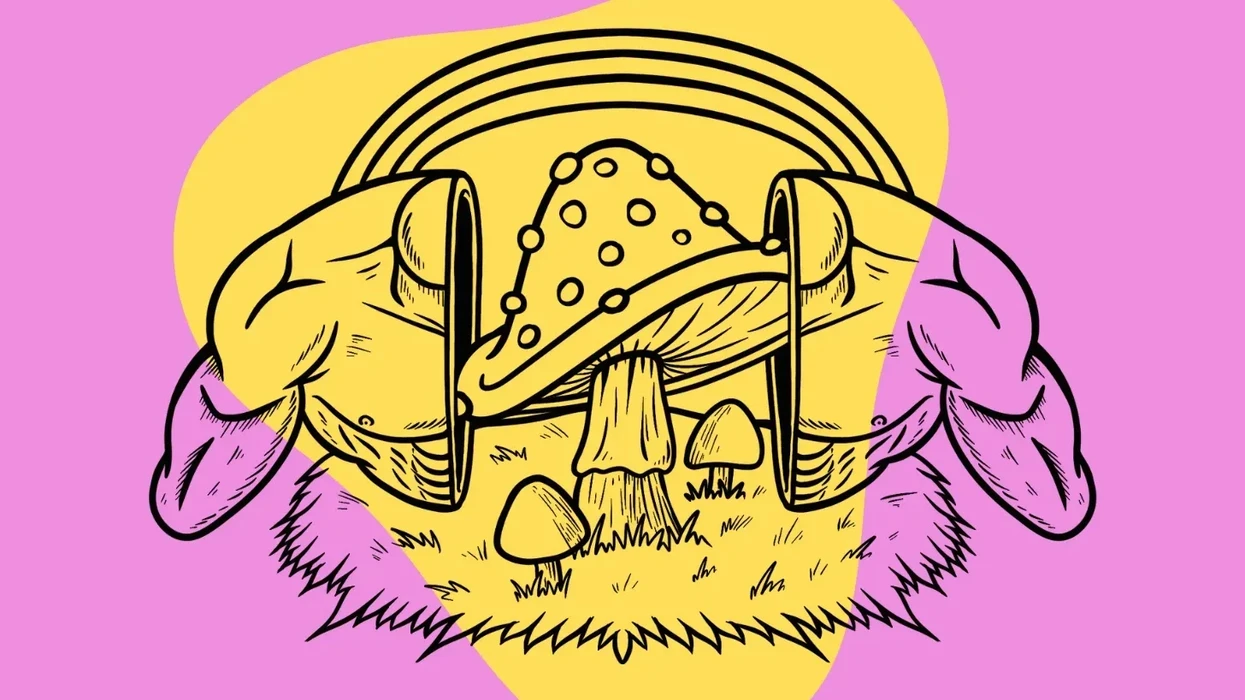






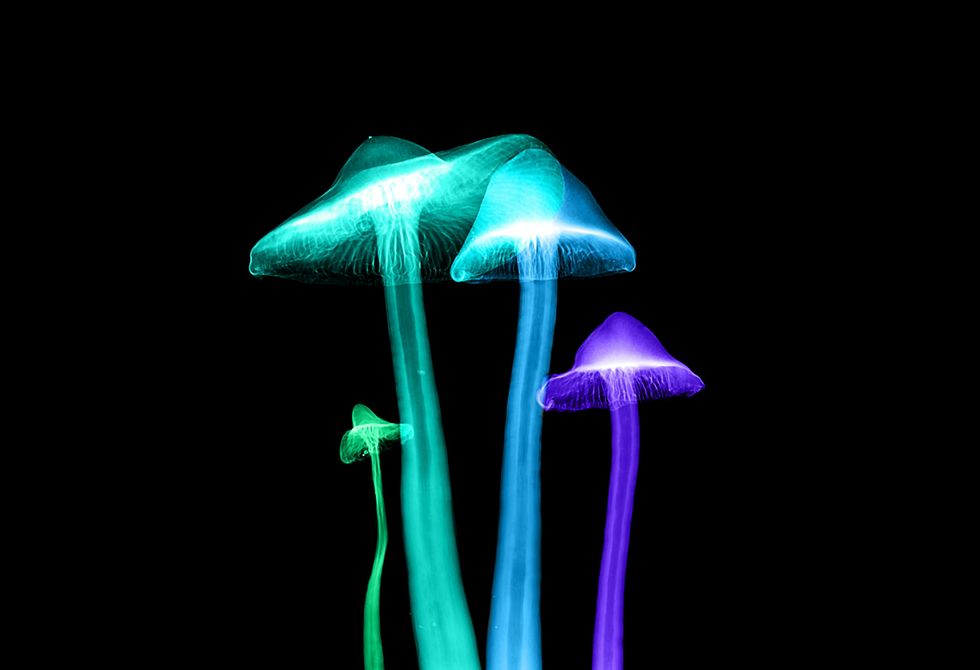 Introduction to Psychoactive Mushrooms: The Aztec God Strain - The Bluntness
Photo by
Introduction to Psychoactive Mushrooms: The Aztec God Strain - The Bluntness
Photo by 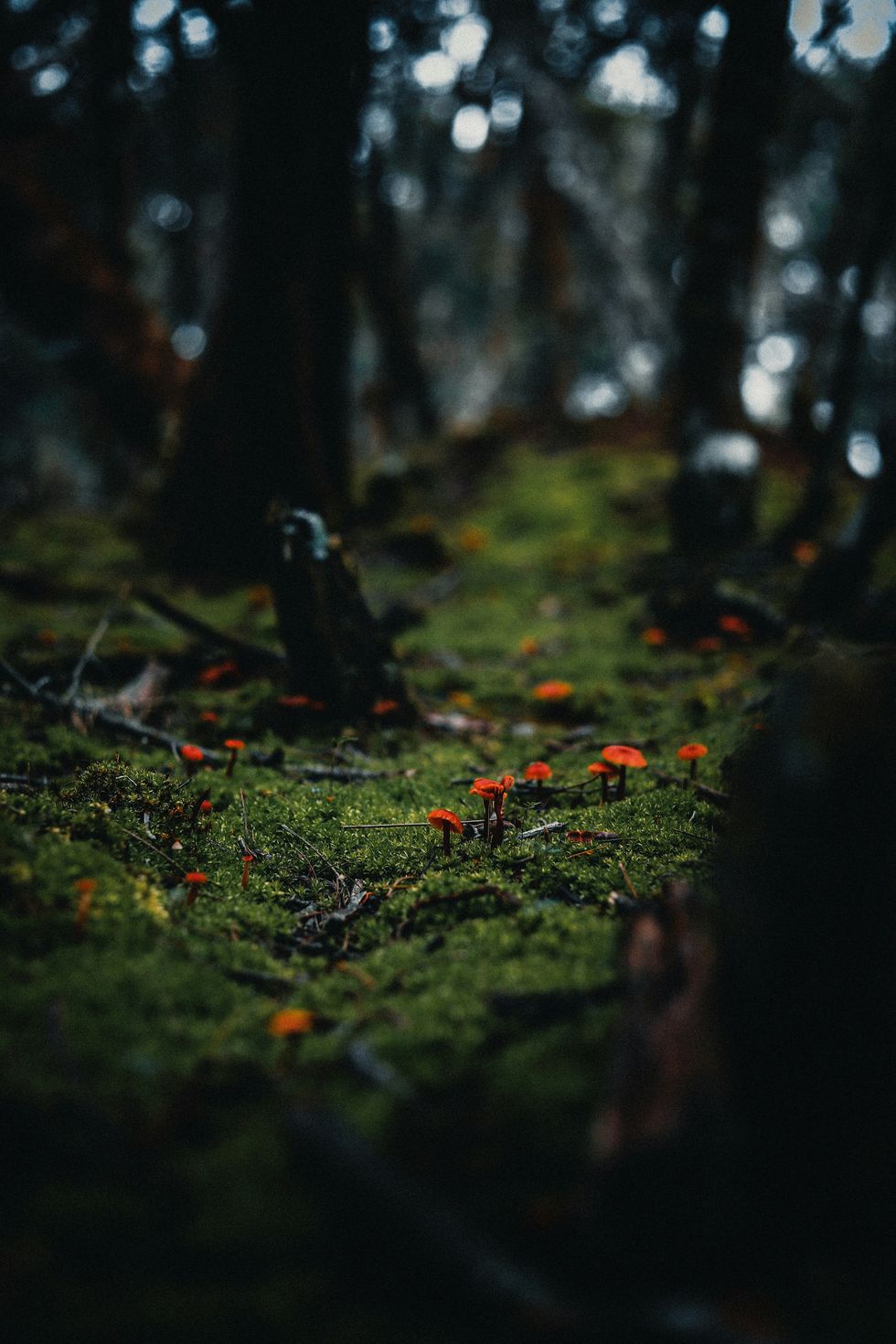 Introduction to Psychoactive Mushrooms: The Aztec God Strain - The Bluntness
Photo by
Introduction to Psychoactive Mushrooms: The Aztec God Strain - The Bluntness
Photo by 






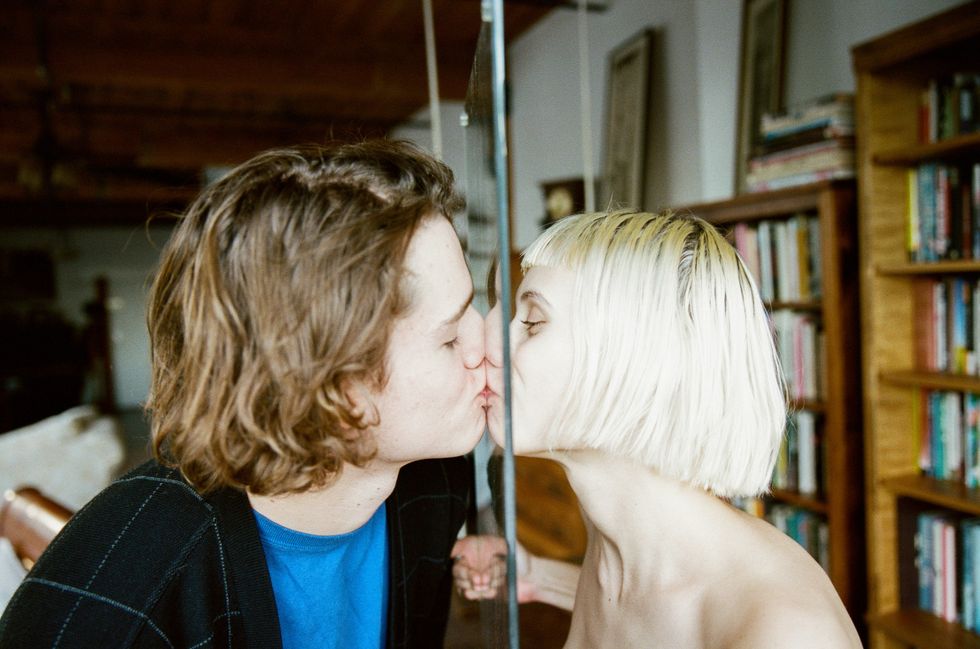
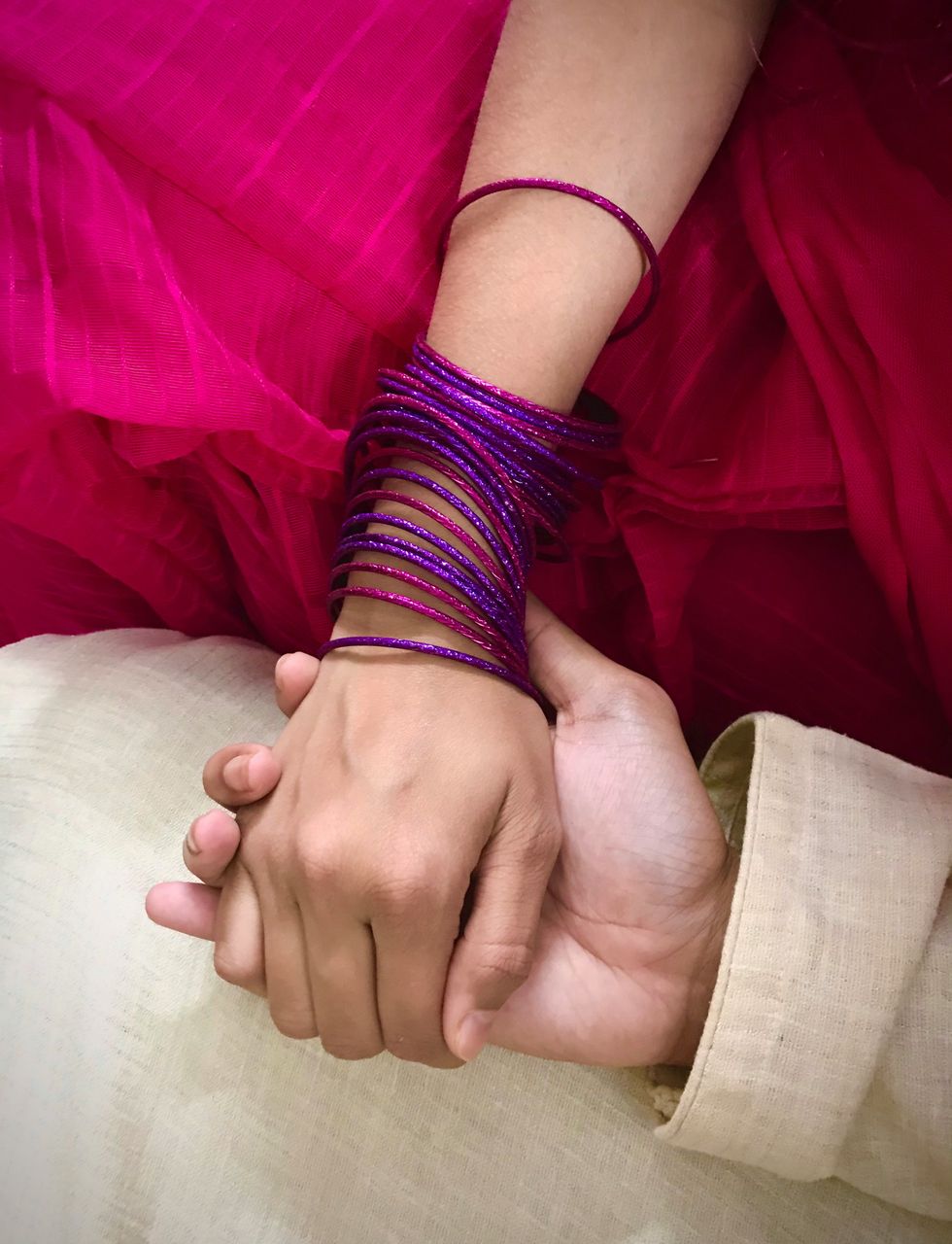

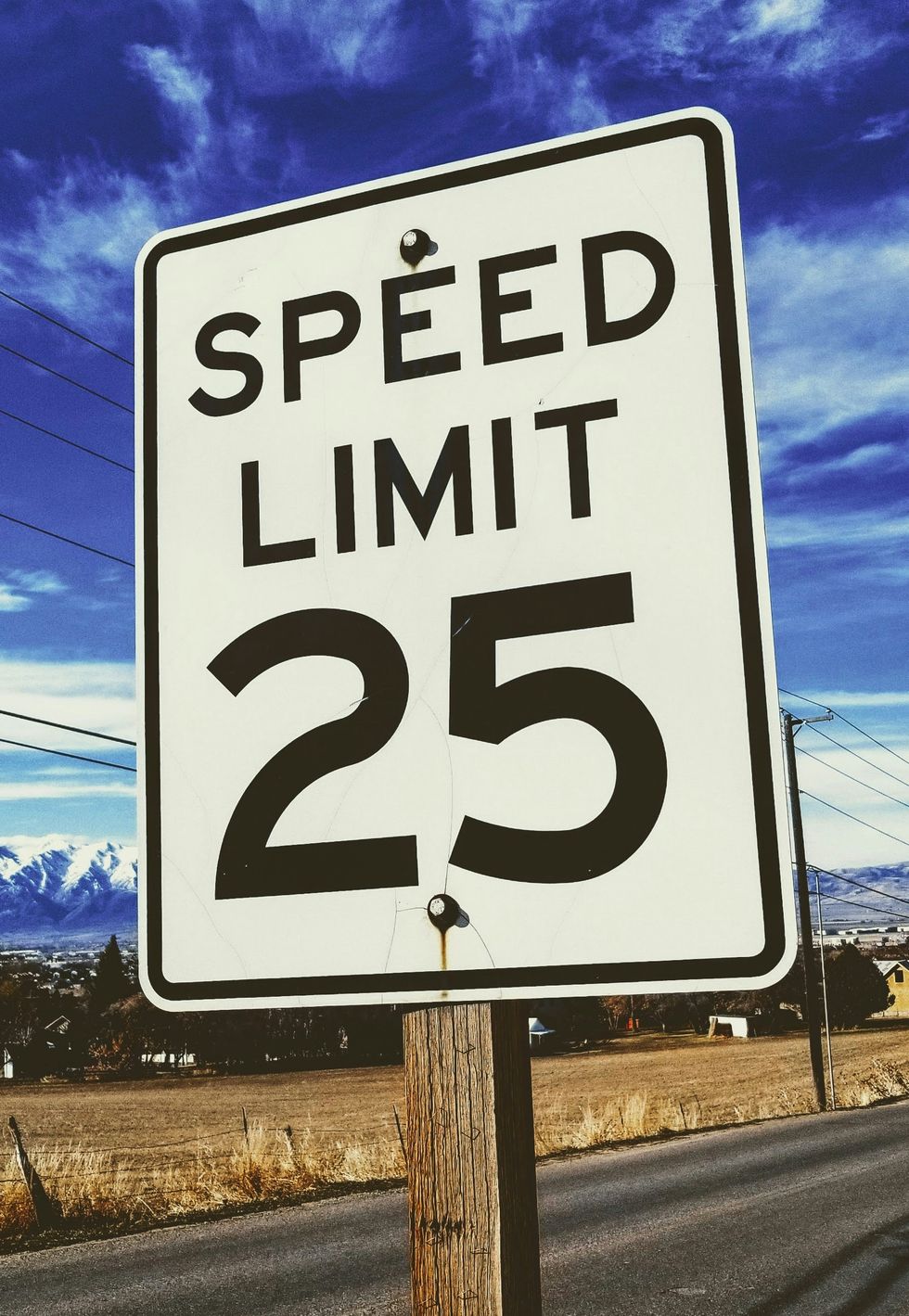
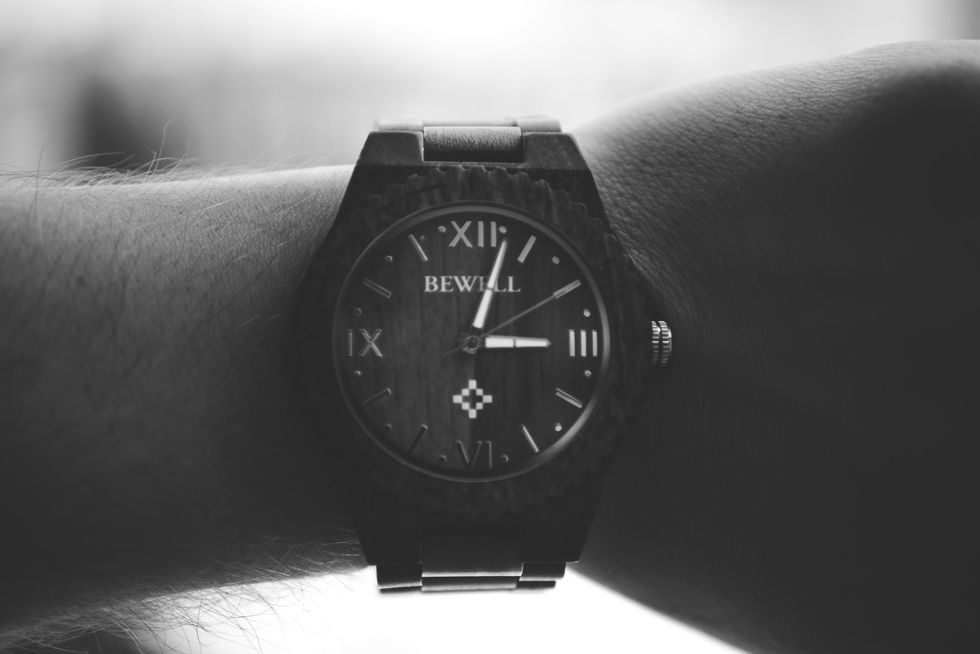
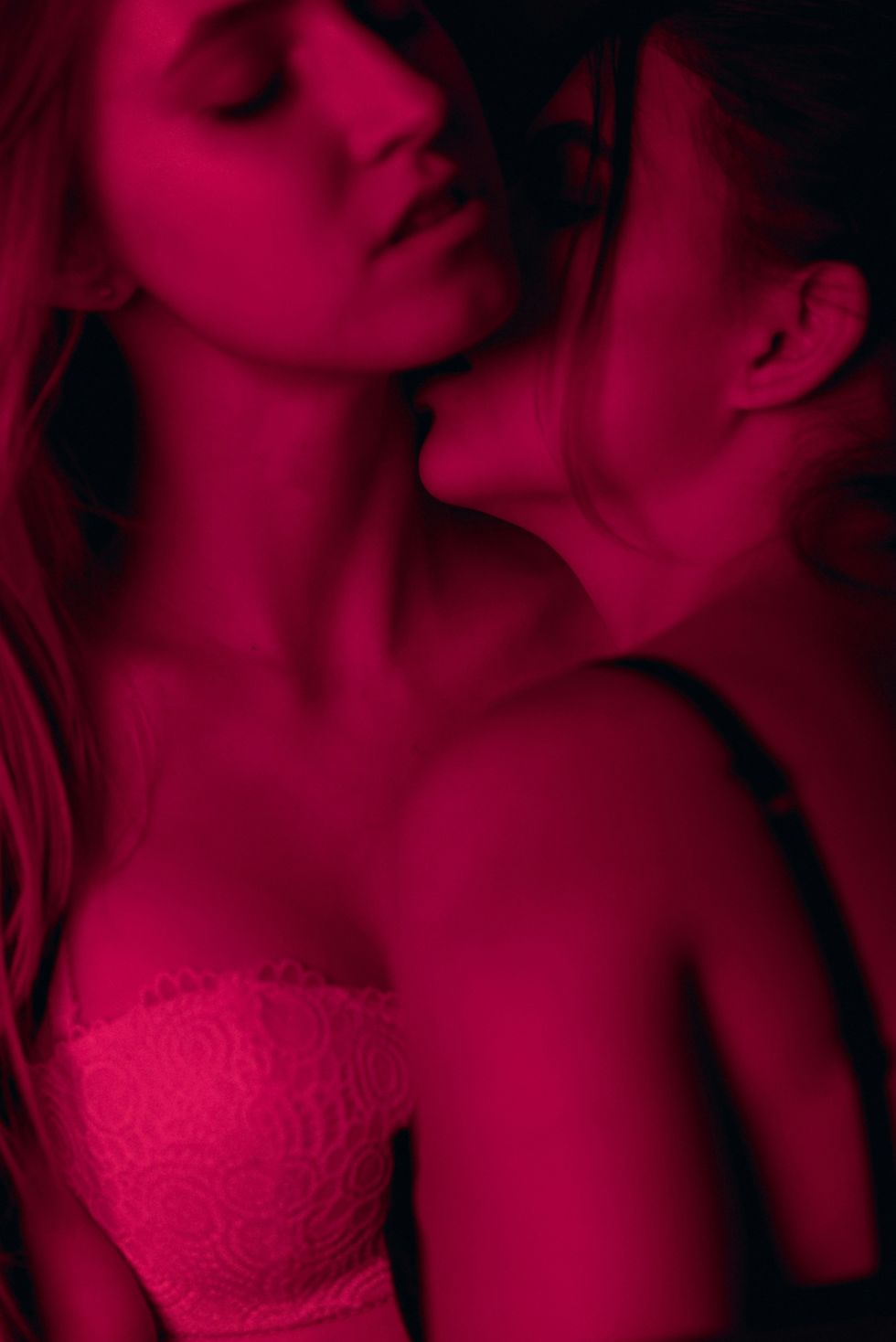

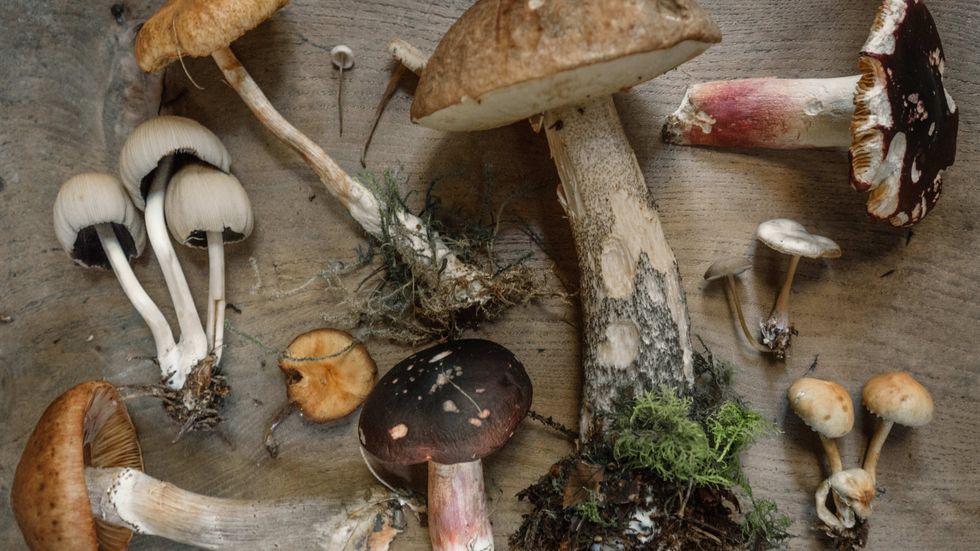 How Long Do Shrooms Last? Magic Mushroom Guide for Beginners - The Bluntness
How Long Do Shrooms Last? Magic Mushroom Guide for Beginners - The Bluntness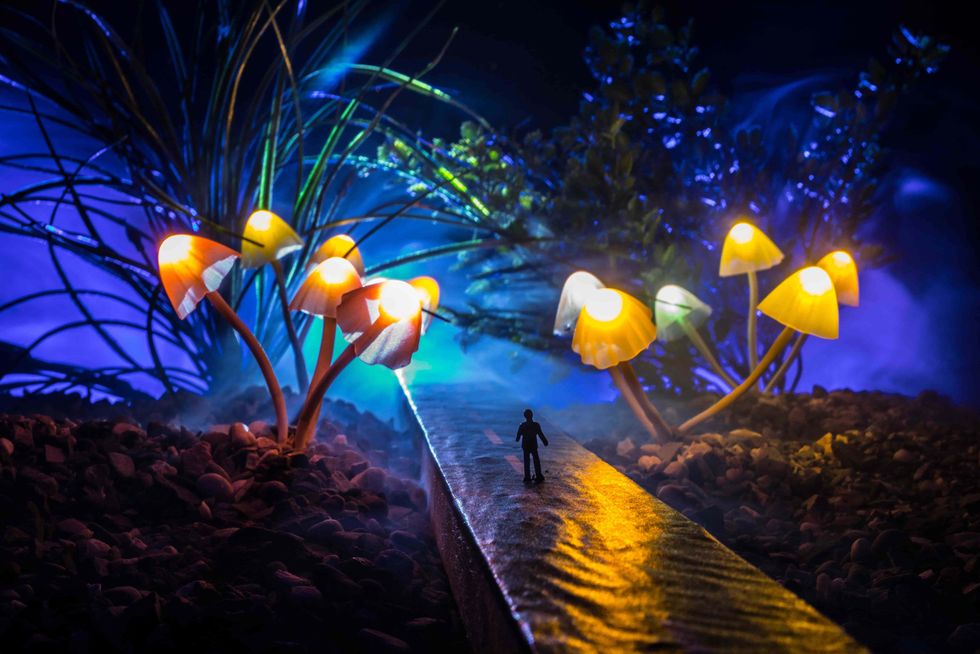 Psilocybin can provide a life-altering experience. -The Bluntness
null
Psilocybin can provide a life-altering experience. -The Bluntness
null
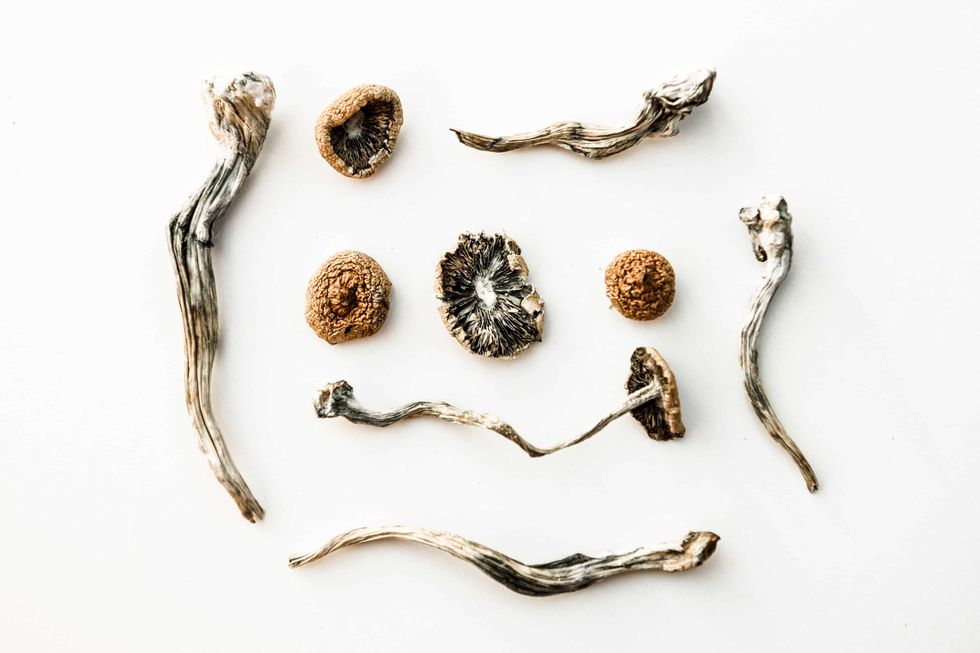 “Don’t diddle the dose. Once you have done your homework, go for it.” -- Terence McKenna
The Bluntness
“Don’t diddle the dose. Once you have done your homework, go for it.” -- Terence McKenna
The Bluntness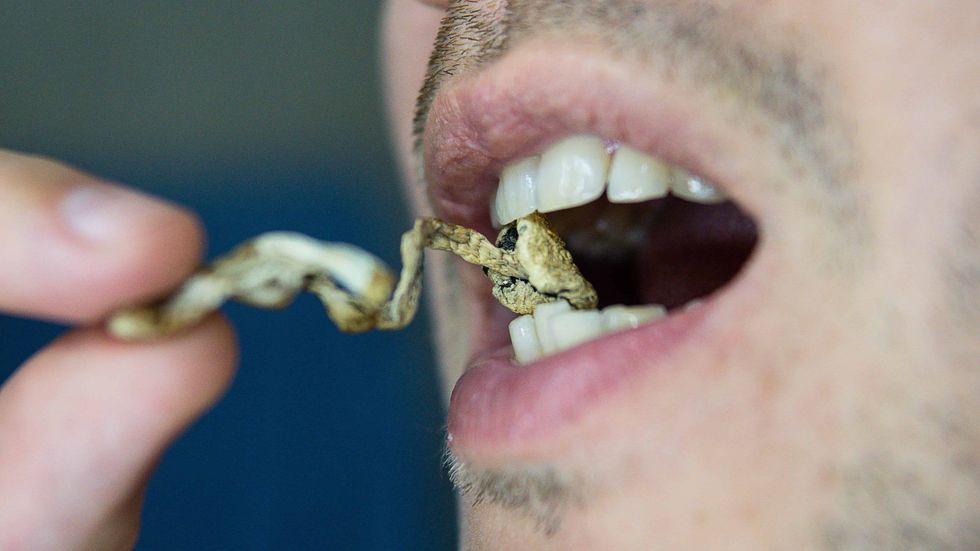 These mushrooms taste gross, but there are ways around that.The Bluntness
These mushrooms taste gross, but there are ways around that.The Bluntness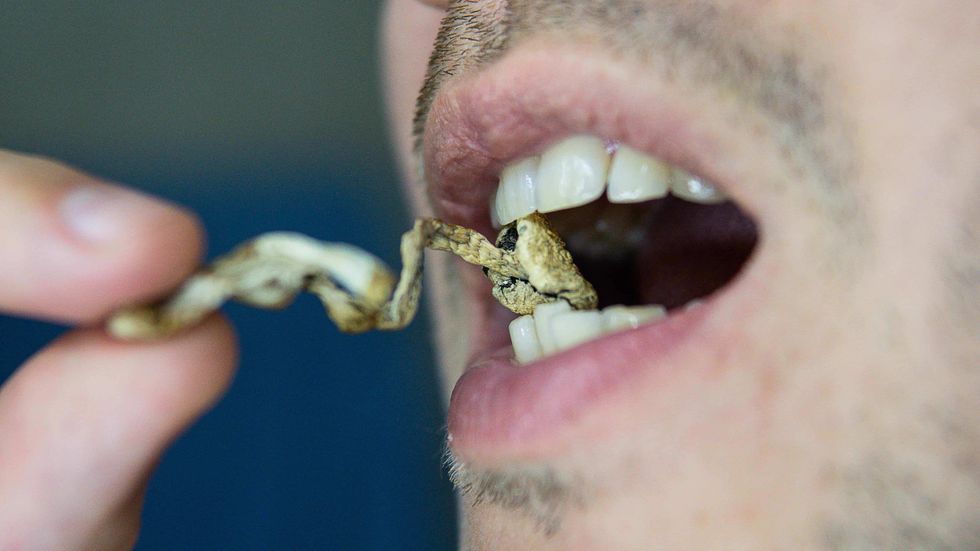 These mushrooms taste gross, but there are ways around that.
These mushrooms taste gross, but there are ways around that.
